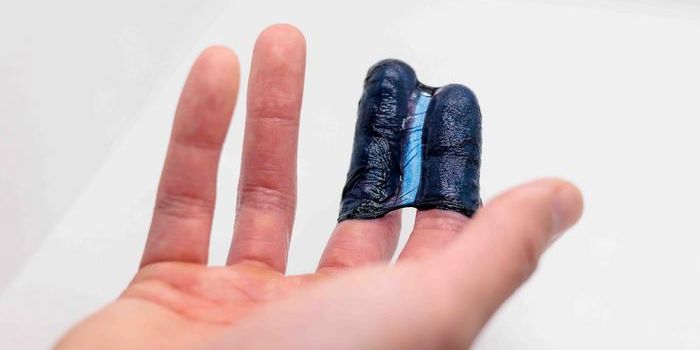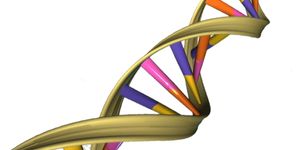Scientists Develop Realistic Model for Cardiac Arrhythmia
A complex electrical environment is responsible for the human heart beat, and it’s prone to errors. Historically, scientists have had a difficult time monitoring what goes wrong in the heart when electrical problems cause the beat to go out of sync, a condition called arrhythmia. But a new computer model will help scientists watch arrhythmia progress in real time.
From the Moscow Institute of Physics and Technology (MIPT), scientists are developing a realistic model to understand the development of cardiac arrhythmias, including what initiates fibrosis, the remodeling of the heart tissue with extracellular matrix protein deposits. Fibrosis increases the risk for heart disease by causing heart cell death, abnormal muscle growth, and dilation of the heart’s chambers.
“We can only observe a fully developed clinical picture and not the process of arrhythmia development itself,” explained co-author Nina Kudryashova. “That is why we have proposed a mathematical model which is able to determine the factors responsible for the formation of different fibrosis patterns."
Kudryashova and her team began by gathering data on two types of heart cells: cardiomyocytes (heart muscle cells) and fibroblasts (cells that contribute to fibrosis). The researchers were interested in the different shapes of these cells as well as the interactions between the two cell types. Using this information, they optimized a mathematical model to study the growth of the heart tissue, looking for factors contributing to an increased risk for arrhythmia.
"The model we proposed can predict the same wave propagation patterns we observed in our experimental samples, which means it can be used to help us learn to predict the probability with which a patient will develop arrhythmia,” explained Konstantin Agladze, head of the Laboratory of Biophysics of Excitable Systems at MIPT. “You just vary the conditions under which a tissue is formed and see what the chances of developing arrhythmia in this tissue are."
The new model is the first to accurately portray the complexity of cardiomyocytes and fibroblasts, both their diverse shapes and the interactions between them.
Experts estimate that arrhythmia is responsible for nearly 40 percent of cardiovascular disease-related deaths. Cardiomyocytes are primarily responsible for balancing the electrical signals that initiate the heart’s contractions that lead to the pumping of oxygenated blood, and fibroblasts get in the way. But as the model improves, scientists will obtain a better image of what goes wrong, and they can develop interventions to treat or even prevent arrhythmia from happening in the first place.
The present study was published in the journal Scientific Reports.
Sources: Moscow Institute of Physics and Technology, Circulation Research









